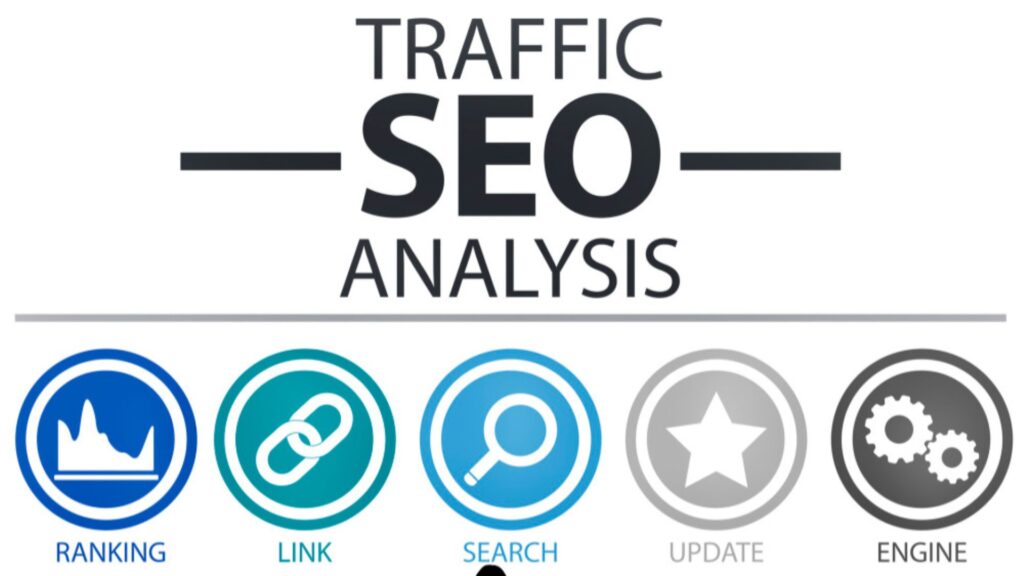Why Speed is Non-Negotiable for SEO
- Google’s Core Web Vitals
- Sites meeting speed standards rank 2.5× higher (Google Study).
- Prioritize:
- LCP (Largest Contentful Paint <2.5s)
- FID (First Input Delay <100ms)
- CLS (Cumulative Layout Shift <0.1)
- Mobile-First Penalties
- 53% of mobile visits abandon sites loading >3s (Google Research).
4-Step Speed Optimization Framework
1. Technical Foundations
- Hosting: Use LiteSpeed/CDN-backed providers (Cloudflare, WP Engine).
- Caching: Leverage browser/server caching (WP Rocket).
- Image Optimization: Convert to WebP + lazy loading (ShortPixel).
2. Code & Resource Optimization
- Minify CSS/JS (Google Closure Compiler).
- Defer non-critical JavaScript.
- Remove unused plugins/widgets.
3. SEO-Speed Synergy Tactics
| Tactic | SEO Benefit | Tool |
|---|---|---|
| Schema Markup | Rich snippets ≈ 30% CTR boost | Rank Math |
| Clean URL Structure | Better crawlability | — |
| Internal Linking | Distributes page authority | Screaming Frog |
4. Continuous Monitoring
- Track Core Web Vitals: PageSpeed Insights
- Audit monthly: Google Search Console
Critical Mistakes to Avoid
❌ Ignoring Mobile Speed (60%+ traffic is mobile)
❌ Overloading with Tracking Scripts
❌ Using Unoptimized Themes/Plugins
3 Authority Backlinking Opportunities
- Resource Pages:
- Example Anchor:”For Google’s official speed guidelines, see Core Web Vitals.”
- Data-Driven Claims:”Sites loading under 1s convert 5× better than 10s sites (Portent).”
- Tool Recommendations:”Test mobile speed with PageSpeed Insights.”
Free Speed & SEO Tools
- GTmetrix (Performance reports)
- Ahrefs Webmaster Tools (SEO audit)
- WebP Converter (Image optimization)
Need Expert Help?
Audit my site → Get a free SEO/speed report with actionable fixes.
